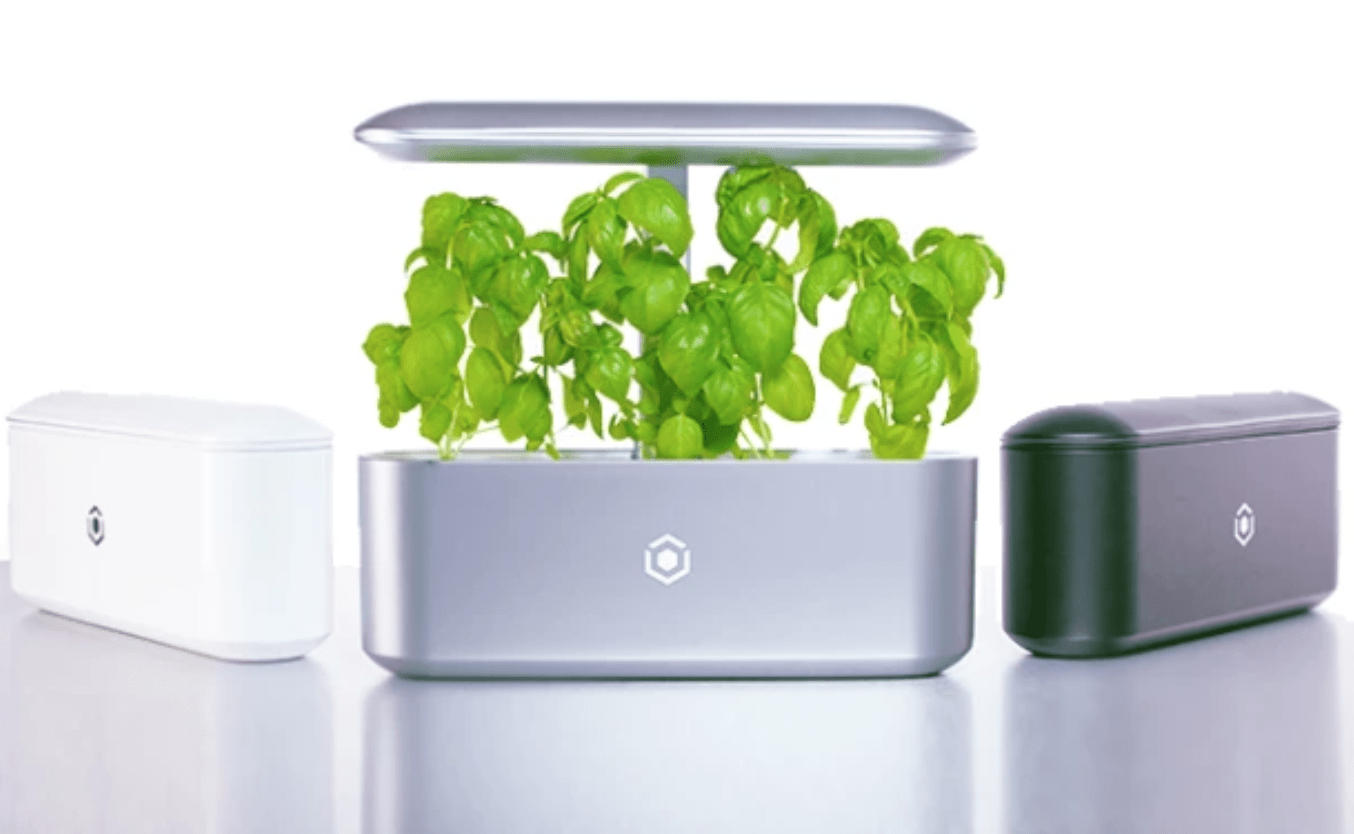AVA Technologies, a Canadian startup that’s manufacturing smart indoor gardens for consumers, has raised C$2.6 million ($2 million) in seed funding from Vancouver-based venture capital firm Vanedge Capital.
AVA’s first product, AVA Byte, uses sensors and artificial intelligence to help consumers grow herbs, vegetables and tomatoes at home, year-round. The AVA Bytes also comes with compostable, pre-seeded pods and nutrients.
The financing will be used to fill existing orders for AVA Bytes, made through an IndieGoGo campaign, build inventory, recruit more team members, and get the product into stores, according to Valerie Song, CEO.
AVA is one of a small number of consumer tech-enabled grow systems on the market, which collectively raised just over $4 million in funding in 2017, according to AgFunder data. The vast majority of this went to an Israeli cannabis ‘plug-n-plant’ grow system called LEAF, which raised $2.5 million in funding. Heliponix (formerly HydroGrow) is another indoor vegetable garden startup based in North America with Plantui from Finland and Niwa from the UK, examples from Europe that raised funding in 2017.
Vanedge Ventures first met Song and her cofounder Chase Ando, a sous chef-turned industrial designer, in 2016 when they took part in a startup competition. They founded AVA to “disconnect people from plastic-packaged produce, and reconnect them back to their food,” according to a press release.
“AVA Byte is one of the most beautiful, innovative, and attractive solutions we’ve seen for this rapidly growing market for indoor growing,” said Vanedge Capital. “With more than 650 units pre-sold through their Indiegogo campaign and strong retail interest, what Valerie and the team have accomplished is extremely truly impressive. While consumer hardware is typically not an investment area of ours, AVA is an outlier with recurring sales, proven demand, and a passionate and diverse founding team.”
Vanedge Capital is typically focused on cloud computing, artificial intelligence, cybersecurity, SaaS and digital media.




